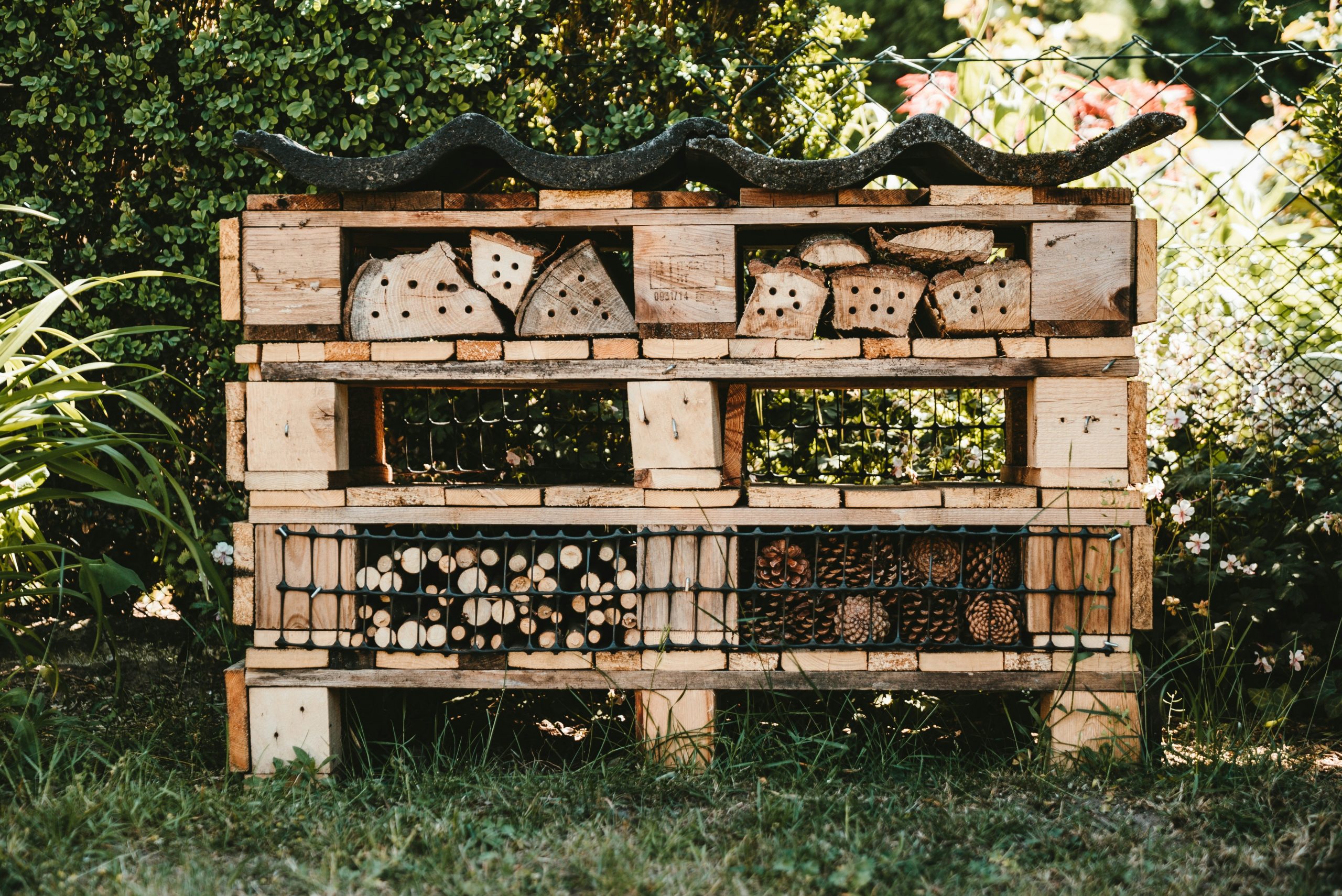Building a Bug Hotel: Supporting Beneficial Insects Year-Round
Ever thought about creating a cozy retreat for bugs right in your backyard? Building a bug hotel is a fantastic way to welcome beneficial insects, adding a touch of wildlife conservation to your garden. These insect habitats not only boost organic gardening efforts but also enhance garden biodiversity. Imagine a little haven where ladybugs, bees, and other critters can thrive while helping your plants flourish. In this post, we’ll chat about how you can support nature and practice sustainable gardening by crafting your very own bug hotel.## Creating Your Bug Hotel
Let’s dive into the fun part – building your very own bug hotel! This section will guide you through the process, from picking the perfect spot to designing a cozy insect habitat. Get ready to roll up your sleeves and create a buzzing haven for your garden’s tiny helpers.
Choosing the Right Location
Picking the perfect spot for your bug hotel is key to its success. You want a place that’s sheltered from harsh weather but still gets some sun.
A south-facing wall or fence is often ideal, as it provides warmth without being too exposed. Grace Grits Garden suggests placing your hotel near flowering plants to attract pollinators.
Remember, different bugs like different conditions. Some prefer damp spots, while others love dry areas. Try to offer a mix if you can. And keep it away from areas you treat with pesticides – we want to keep our tiny guests safe!
Materials to Gather
Building a bug hotel is a great way to recycle materials you might have lying around. Susan’s in the Garden recommends using a variety of natural and man-made items.
Start with a frame – this could be an old wooden crate, pallets, or even bricks stacked to form a structure. Then, gather materials to fill it:
-
Wood: Logs, branches, bark, and bamboo canes
-
Plant matter: Dried leaves, straw, pine cones
-
Hard materials: Bricks, stones, clay pots
-
Hollow stems: Reeds, hollow plant stems
Don’t forget to include some cardboard tubes or drilled wood blocks for solitary bees. The more diverse your materials, the more types of bugs you’ll attract!
Designing Your Insect Habitat
When it comes to design, think like a bug! Southern Exposure Seed Exchange advises creating different “rooms” within your hotel to cater to various insect preferences.
Layer your materials, starting with larger items at the bottom and working up to smaller ones. Create nooks and crannies of different sizes – some bugs like tight spaces, others prefer roomier accommodations.
Consider adding a “roof” to your hotel to keep things dry. This could be as simple as a piece of wood or more elaborate like a mini thatched roof. Megan Zeni suggests incorporating elements like a toad house or bird feeder to create a complete ecosystem.
Remember, your bug hotel doesn’t have to be perfect. Nature loves a bit of messiness, so don’t worry if it looks a little chaotic. The bugs will thank you for it!


